Which is better, the winding process or the stacking process in the manufacturing process of LR03 battery?
The battery composed of cells formed by winding is called a wound battery; the stacking battery is a lithium-ion battery for automobiles that uses the stacking process.
From the perspective of the battery discharge platform, the wound lithium-ion battery has a high internal resistance and a large polarization, and part of the voltage is consumed in the internal polarization of the battery, so the discharge platform is slightly lower. The stacked lithium-ion battery has a lower internal resistance and a smaller polarization, so the discharge platform will be higher than the wound battery and closer to the material's own discharge platform.
For many electrical devices with a high discharge cut-off voltage, stacked batteries with a higher discharge platform are undoubtedly the preferred choice.
From the perspective of battery capacity, the internal space of the wound lithium-ion battery is not fully utilized due to the thickness of the pole ear, the round sides of the battery cell, and the two layers of the diaphragm at the end occupying the thickness in vain, so the volume specific capacity is slightly lower. The internal space of the stacked lithium-ion battery is fully utilized, so compared with the winding process, the volume specific capacity is higher.
The difference in battery capacity is only reflected in the two types of batteries: thicker (inadequate use of the winding side space will be magnified) and thinner (the thickness of the winding pole ear will occupy the thickness space in vain), while for general conventional size batteries, the difference exists, but it will not be particularly obvious.
From the perspective of battery energy density, the energy density of wound lithium-ion batteries is not as good as that of stacking process batteries due to the two reasons of low volume capacity and low discharge platform. The discharge platform and volume capacity of stacking lithium-ion batteries are higher than those of winding process batteries, so the energy density is also higher accordingly.
From the perspective of battery applicable thickness, the application range of wound lithium-ion batteries is narrow. For ultra-thin batteries, the proportion of space occupied by the pole ear thickness is too large, which will affect the battery capacity. For ultra-thick batteries, not only is the winding pole piece too long to control, but the space on both sides of the battery cannot be fully utilized, which will also reduce the battery capacity.
The application range of stacking lithium-ion batteries is wide. Whether it is made into ultra-thin batteries or ultra-thick batteries, the stacking process can do it.
Wound batteries have no advantages in ultra-thin and ultra-thick batteries, but it should also be noted that ultra-thin batteries are not widely used for the time being. Ultra-thick batteries can be achieved by stacking two thinner batteries in parallel (but at the cost of reducing a certain capacity).
From the perspective of battery thickness control, wound lithium-ion batteries are prone to ultra-thickness at the pole ears, the end of the diaphragm, and both sides of the battery cell due to the uneven internal structure of the battery cell. The thickness of laminated lithium-ion batteries is easy to control. The internal structure of the battery cell is consistent, and the thickness of each part of the battery is also consistent, so it is easy to control its thickness.
Since the thickness of wound lithium-ion batteries is difficult to control, some margins have to be left in the thickness when designing, thereby reducing the design capacity of the battery.
From the perspective of battery thickness deformation, wound lithium-ion batteries have uneven internal structures, and the degree and rate of internal reaction of the battery cell during charging and discharging are uneven. Therefore, for thicker wound batteries, there is a possibility of deformation after high-rate charging and discharging or after multiple cycles.
Laminated lithium-ion batteries are not easy to deform. The internal structure is uniform and the reaction rate is similar. For consistency, even thick cells are not easy to deform.
From the perspective of battery shape, wound lithium-ion batteries have a single shape; they can only be made into rectangular batteries. Laminated lithium-ion batteries have flexible sizes. The size of each pole piece can be designed according to the battery size, so that the battery can be made into any shape.
Flexible size is an obvious advantage of the lamination process, but as far as the current market is concerned, it seems that the demand for special-shaped batteries is not very large. This is also one of the reasons why wound batteries are not suitable for a large thickness.
From the perspective of slitting, wound lithium-ion batteries are easy to slit and have a high pass rate. Each battery cell only needs to be slit once for the positive and negative electrodes, which is easy and has a low probability of defective products. Laminated lithium-ion battery slitting is cumbersome and has a low pass rate. Each battery has dozens of small pieces, each of which has four cut surfaces, and the slicing process is prone to poor punching. Therefore, for a single battery, the probability of pole piece sections and burrs is greatly increased.
Although the small pole pieces of laminated batteries can be strictly checked by screening after slitting, the cost of comprehensive control of hundreds of thousands of small pole pieces will be very high.
From the perspective of battery production control, the production control of wound lithium-ion batteries is relatively simple. One battery has two pole pieces, which is easy to control. The production control of laminated lithium-ion batteries is more complicated. Each battery has dozens of pole pieces, and detection, transportation, statistics, etc. are all difficult.
For a slightly larger factory, a daily output of tens of thousands means millions of laminated pole pieces per day! If the output is hundreds of thousands, there may even be nearly 10 million small pole pieces! The difficulty of turnover and monitoring during the production process can be imagined.
From the perspective of operator requirements, wound lithium-ion batteries have low operator requirements. It is difficult to complete winding proficiently, but it is not difficult to complete winding qualifiedly. You can get started after understanding the process and controlling the pole piece alignment.
Laminated lithium-ion batteries have high operator requirements. The stacking operation is difficult, and the negative electrode sheet is generally not too long or too wide for the positive electrode sheet, so the operator must have a certain operating foundation.
From the perspective of the threshold, the entry threshold of winding lithium-ion batteries is low. Manual winding is easy to operate, and manual operation can be considered when funds are insufficient, saving the funds for purchasing large-scale automatic equipment and lowering the entry threshold.
The entry threshold of stacking lithium-ion batteries is high. The automation equipment is not yet mature, and the manual stacking process is cumbersome, resulting in an increase in labor costs, thus raising the entry threshold of stacking process batteries.
In general, the stacking process needs to continue to mature before it can be applied on a large scale. The winding process is still being used on a large scale due to its high cost-effectiveness.
Read recommendations:
Lithium-ion battery GN500 140000mAh
What are the main materials of lithium batteries analyzed?CR1616 battery
Fast-Charging Lithium-Ion Batteries
702535 battery Vendor
CR3032 battery
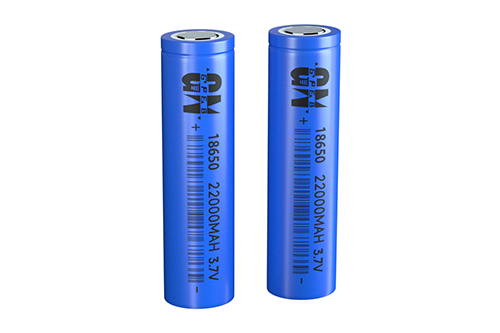
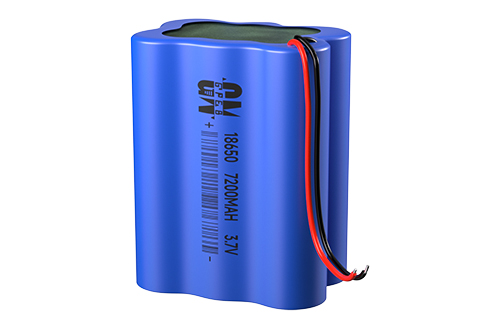

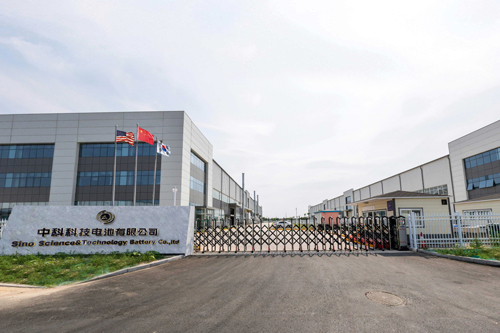

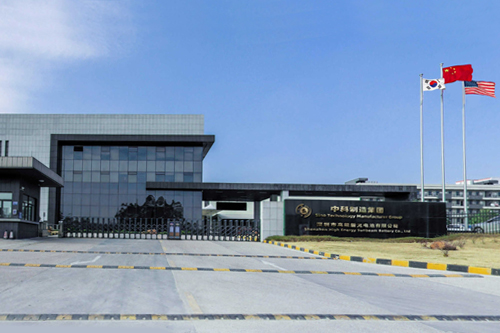



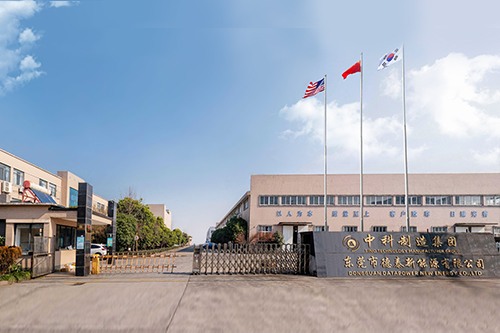

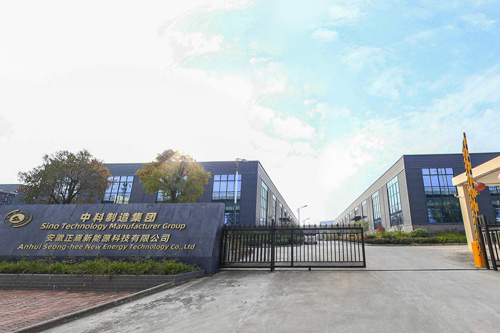

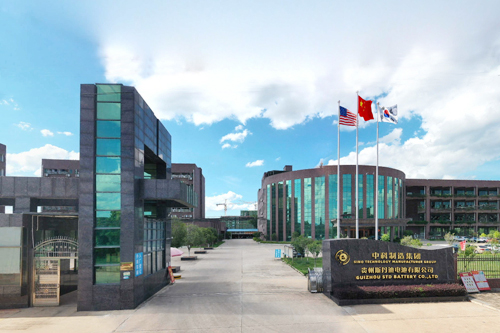

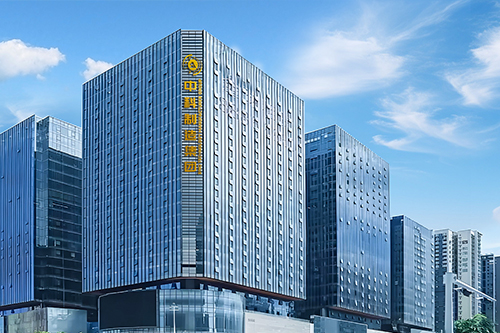




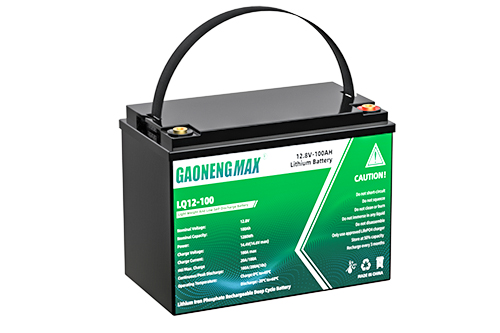
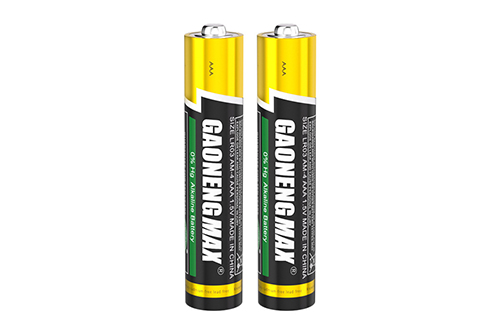

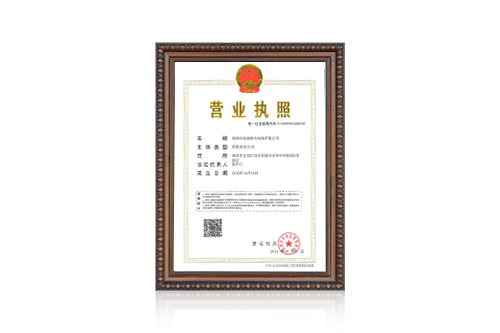
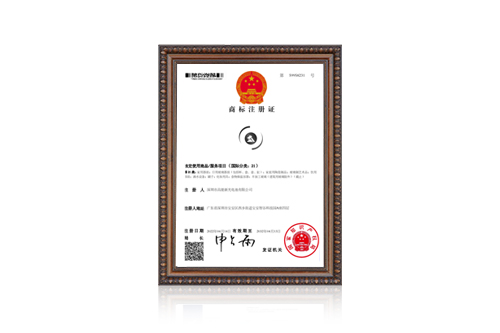
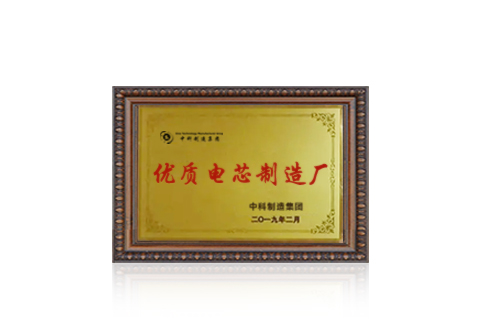

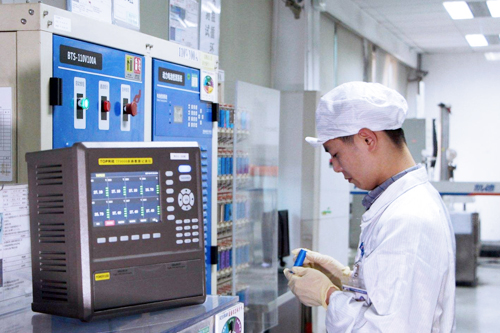













 360° FACTORY VR TOUR
360° FACTORY VR TOUR
 Whatsapp
Whatsapp
 Tel
Tel Email
Email TOP
TOP